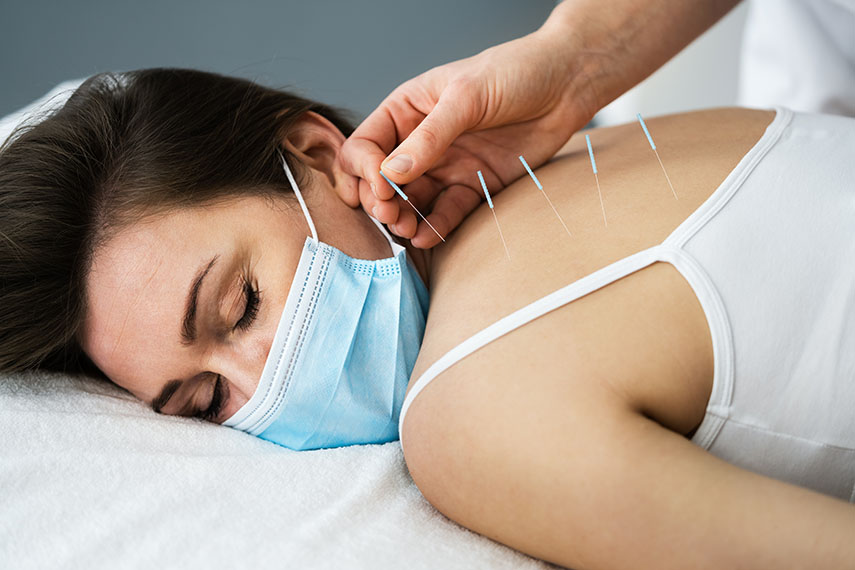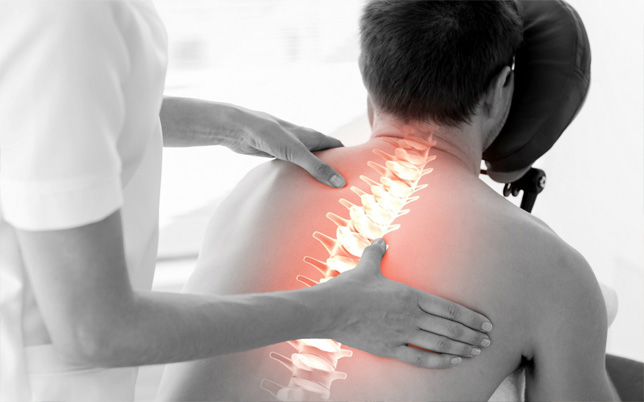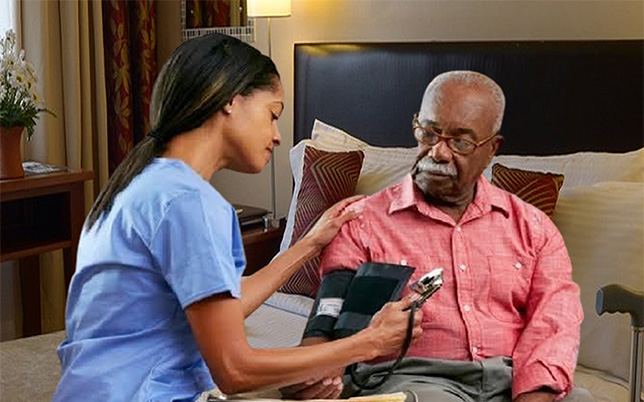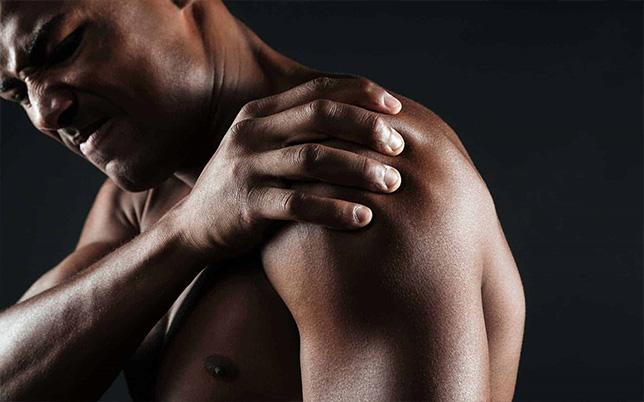Dry Needling: A Brief Overview
What is Dry Needling?
Dry needling is a therapeutic technique that involves the insertion of thin needles into specific trigger points in muscles, fascia, tendons, or other soft tissues to relieve pain and improve muscle function. Unlike acupuncture, which is rooted in traditional Chinese medicine, dry needling is based on Western medical principles and anatomy.

Key Elements:
- Needle Insertion: Fine, sterile needles are inserted into myofascial trigger points, which are tight bands of muscle or nodules that can cause pain and restrict movement.
- Trigger Point Targeting: The needles target trigger points, eliciting a twitch response, and promoting a local muscle contraction and relaxation.
- Local and Central Effects: The primary aim is to address local pain and dysfunction, but there may also be central nervous system effects, influencing pain modulation and the release of neurotransmitters.
Conditions Treated:
- Musculoskeletal Pain: Dry needling is commonly used for musculoskeletal pain conditions, including neck pain, back pain, shoulder pain, and headaches.
- Myofascial Pain Syndrome: It is often employed in the management of myofascial pain syndrome, characterized by trigger points and muscle tightness.
- Sports Injuries: Athletes may use dry needling as part of their rehabilitation for sports-related injuries, targeting specific muscle groups.
- Chronic Pain Conditions: It may be considered for chronic pain conditions, such as fibromyalgia, when trigger points contribute to pain.
Mechanism of Action:
- Local Effects: Inserting the needle into a trigger point can create a local twitch response, leading to a cascade of biochemical and physiological changes.
- Neuromuscular Impact: The needle may stimulate nerve pathways, influencing the way the body perceives and manages pain.
- Blood Flow: The insertion of needles may enhance blood flow to the targeted tissues, promoting healing.
Cautions and Considerations:
- Professional Training: Dry needling should be performed by trained healthcare professionals, such as physical therapists, chiropractors, or medical doctors.
- Risk of Complications: While considered safe when performed by trained practitioners, there is a risk of complications, including bruising, bleeding, or infection.
- Patient Sensitivity: Some individuals may experience discomfort or a temporary increase in symptoms following a session.
Conclusion:
Dry needling is a technique used within the realm of physical therapy and musculoskeletal care to address pain and dysfunction. While it shares some similarities with acupuncture, its foundation is rooted in Western medicine and anatomy. As with any medical intervention, it is essential to consult with a qualified healthcare professional to determine if dry needling is appropriate for an individual’s specific condition.




